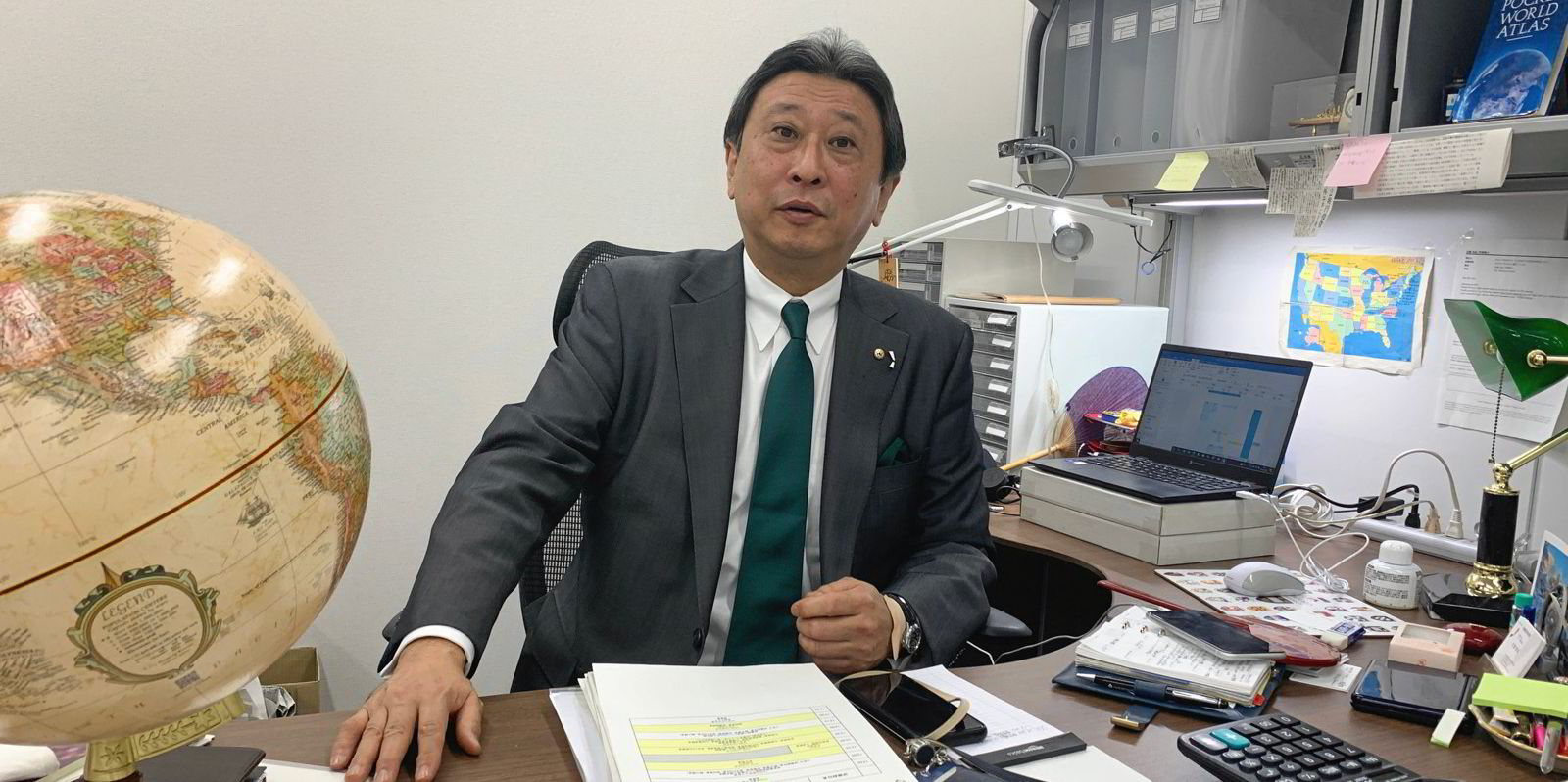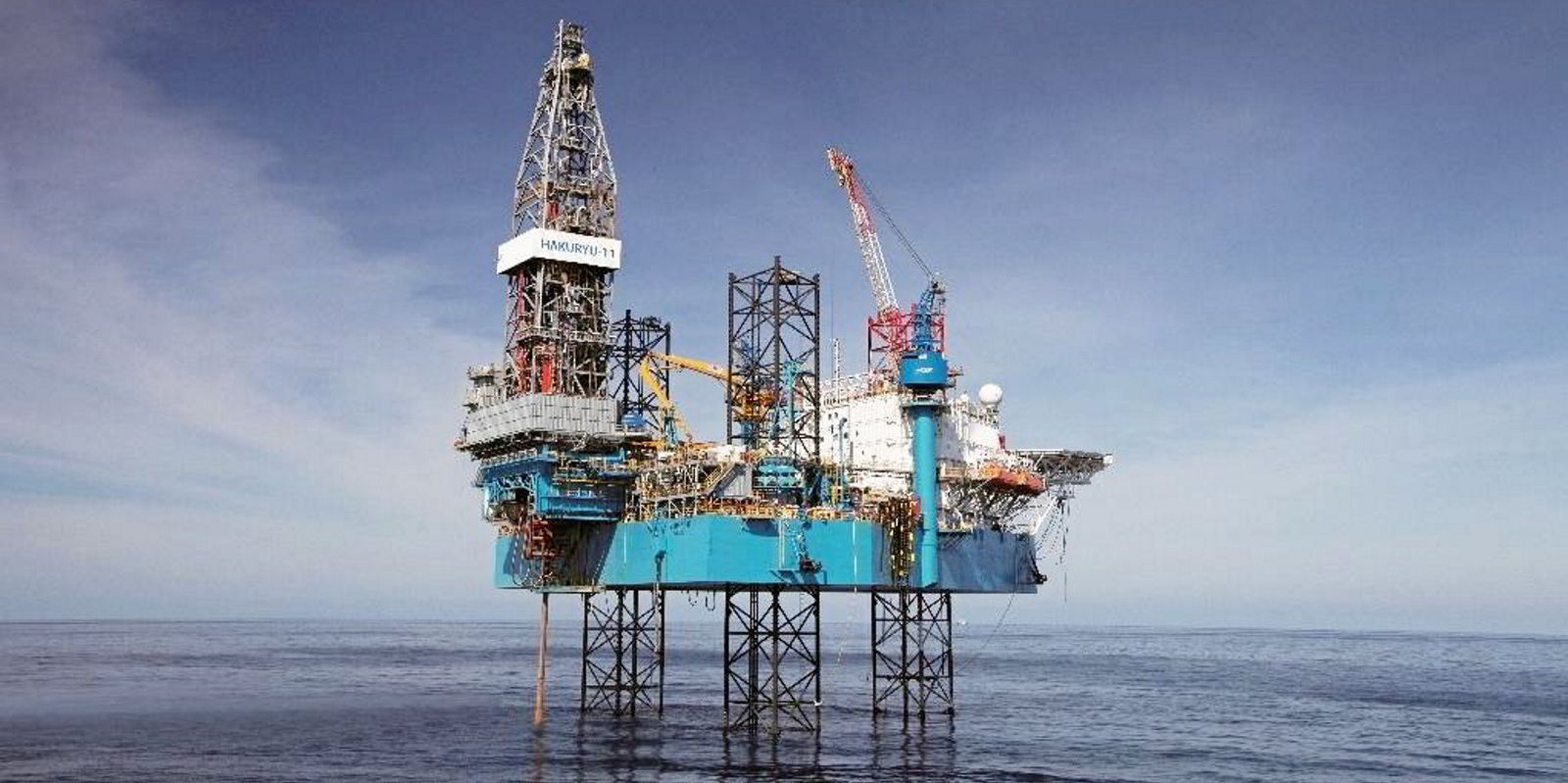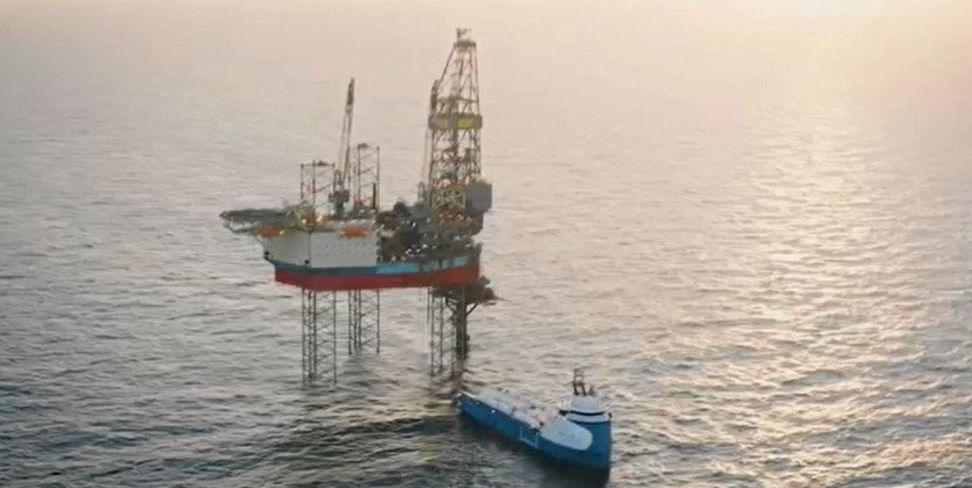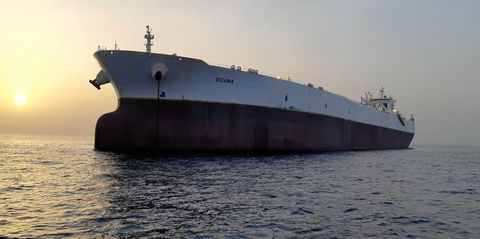Japanese utility Chubu Electric Power Co and BP, its energy major partner in a large carbon capture, utilisation and storage (CCUS) project for Japan, have begun initial talks with the country’s three largest shipowners.
Speaking to TradeWinds, Hiroki Sato, who is global business division chief executive and senior managing executive officer at Chubu, said discussions have just started with big players Mitsui OSK Lines, NYK Line and K Line.
The planned project for Nagoya Port on Japan’s Pacific coast is looking at exporting liquefied CO2 in specialist vessels to Indonesia and Australia from 2030.
Sato said it is too early to calculate the size of the liquefied CO2 carrier fleet needed but the longer distances to Australia will require large vessels to capture economies of scale.
“We are carefully evaluating the shipping fleet capacity,” he said.
Sato said this is the first project in Japan to identify a large site for CCUS from multiple industries.
Key to the project is a broad-ranging memorandum of understanding agreement Chubu inked on 2 February this year with energy major BP to work together on decarbonisation solutions for Japan and the wider Asia region.
Sato described this as a “milestone event”.
In a first step, both companies plan to focus on the industrial business around Nagoya Port in the central part of Japan.
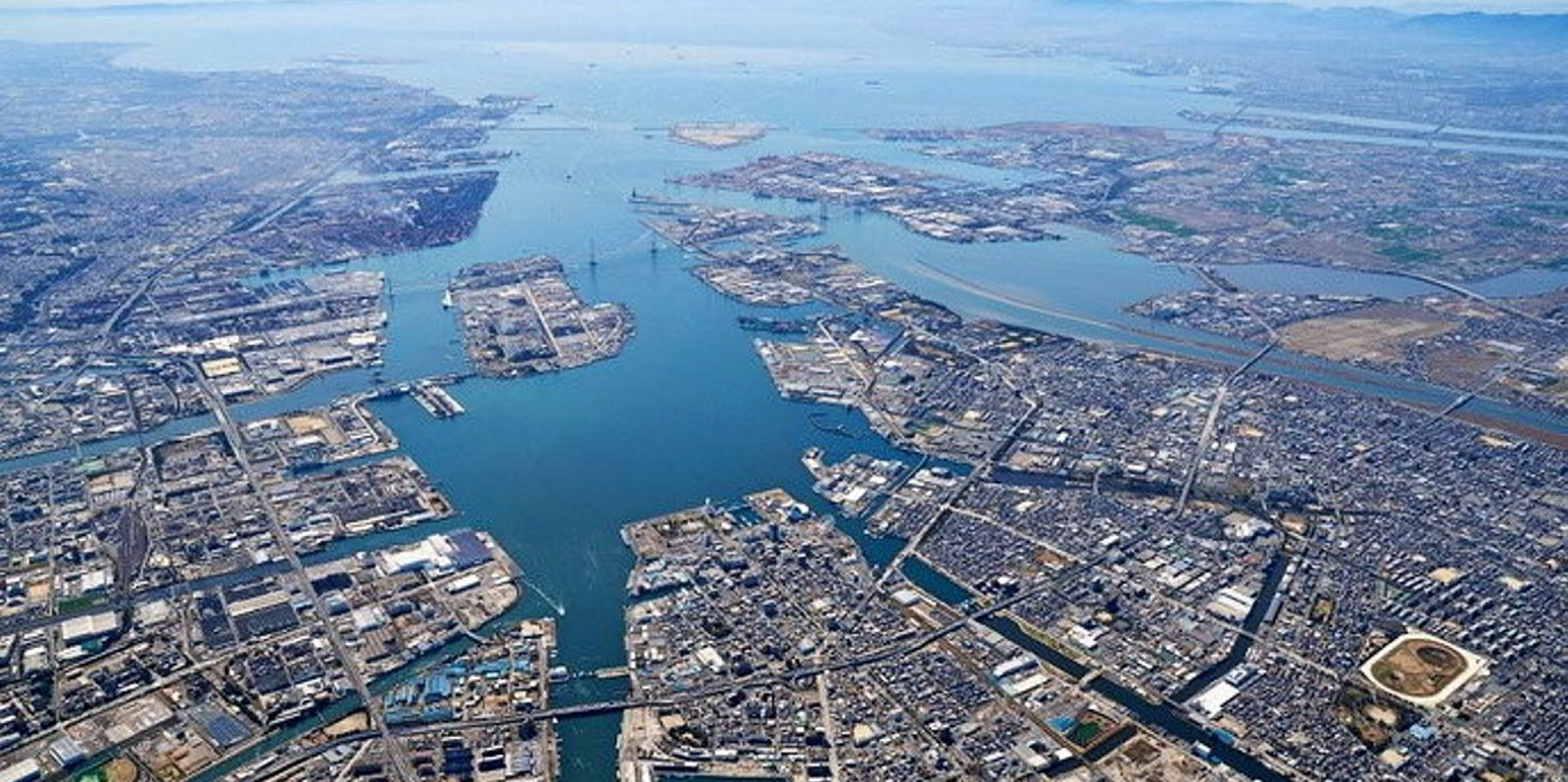
In terms of cargo volume, Nagoya is Japan’s largest port. The surrounding area is also one of the country’s biggest emitters.
The industries in its hinterland, which includes at least four major power stations and three steel plants, produce approximately 32.87 million tonnes per annum of CO2, which accounts for 3% of Japan’s total CO2 emissions.
The port is aiming to slash its emission by 35% by 2030 compared to those of 2013.
For the project, Chubu and BP intend to capture and aggregate up to 3 mtpa of CO2, or 10% of emissions, from the port area.
Sato, who reminds that Japan is considering introducing carbon pricing from 2028, said this 10% chimes with the contribution expected from CCUS as outlined in many of the key energy outlooks
Under the CCUS plan, Chubu and BP aim to aggregate and collect CO2 by pipeline and then liquefy it.
Sato was speaking fresh from a meeting with Toho Gas. Japan’s third-biggest city gas company could represent a potential buyer for some of the CO2, which it may need for its e-methane production plans, he revealed.
The partners are also looking at exporting liquefied CO2 to Indonesia and Australia.
Sato explained that BP has access to CO2 storage in depleted underground gas reservoirs in both countries, where it is also an LNG exporter.
He said BP, which will be the operator of the CCUS-based Net Zero Teesside project in the UK, not only has experience in gas injection but has also monitored CO2 storage in Algeria, where it found no leakage.
“That is why I approached and knocked on the door of BP to progress this Nagoya Port CCUS project,” he said.
Sato said discussions have already started with potential project partners.
He said Chubu and BP are currently undertaking a feasibility study for the project and cannot yet disclose an expected cost for it.
They plan to undertake front-end engineering and design work in 2026 and are targeting to take a final investment decision on the project in the same year. Commercial start-up is scheduled for 2030.
